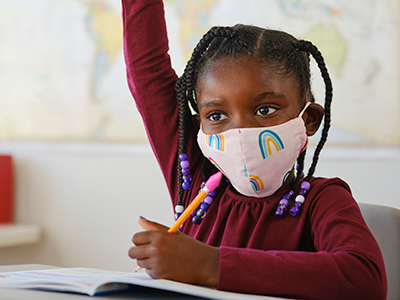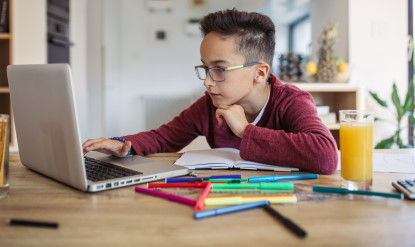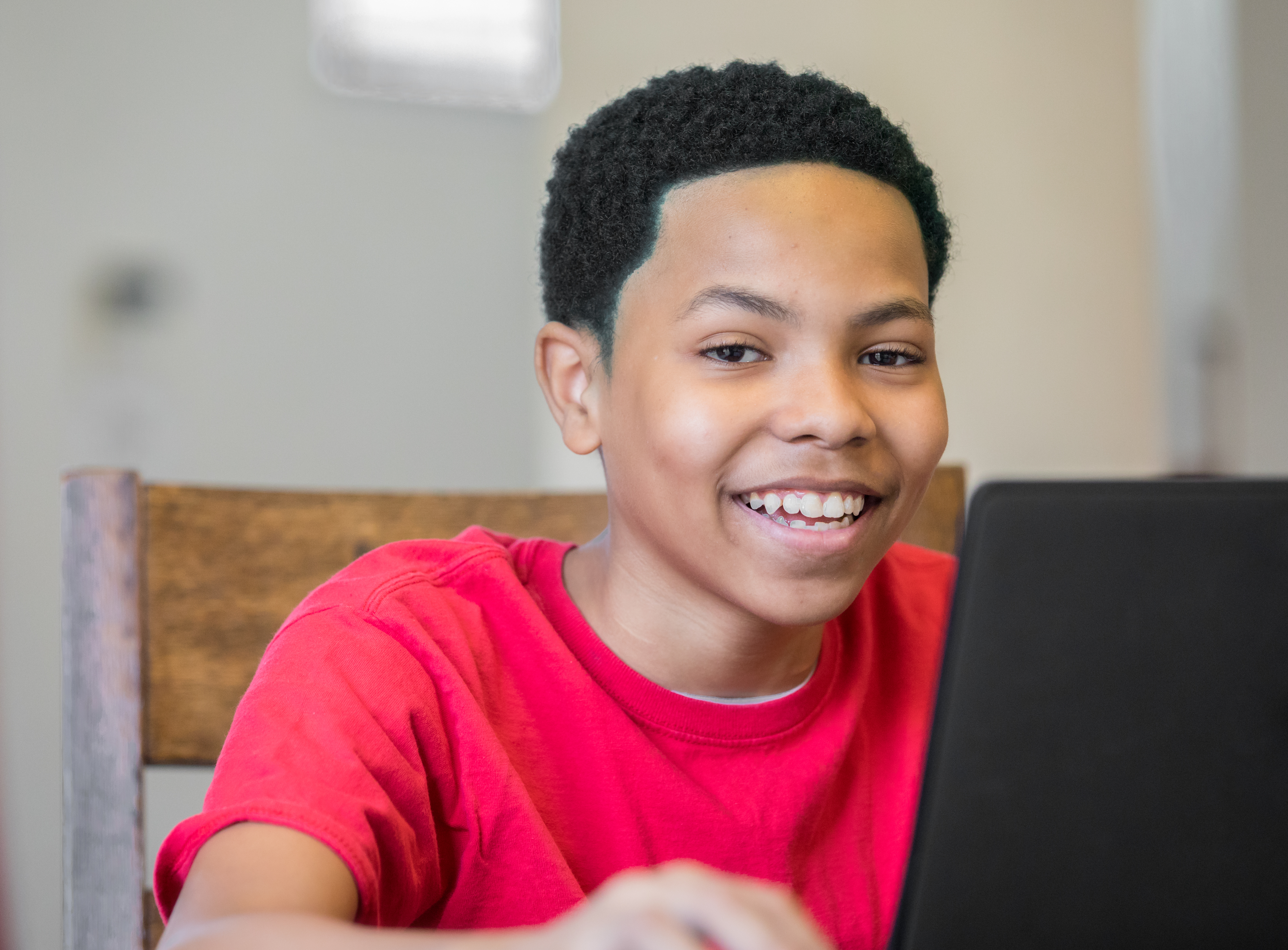Millions of students are learning from home as COVID-19 spreads throughout America. Educators are finding new and unique ways to connect with their students through virtual learning spaces. However, many of the supports we provide to students within the physical context of schools have changed.
For example, many educators and school leaders have been concerned about losing access to the school mental health professionals, special educators, mentors, and other adults who provide the academic, behavioral and social-emotional supports students need to be successful in school.
When schools are able to welcome students back, students will be looking to their teachers for guidance on how to return to once familiar learning contexts and situations. Do school routines return to what they were before the news of COVID-19 in our communities, or do you establish new routines and environments? The answer likely lies somewhere in the middle.
7 Tips for Teaching After Coronavirus
Students, families and educators benefit from predictability, which is found in maintaining regular school routines (e.g., start/end times, breaks for lunch/recess) but allowing flexibility for students who may need additional support at this time. Educators should be ready to provide a calm, supportive school environment where children understand they are safe and cared for. Educators are encouraged to continue to have high expectations for student learning, while also realizing that not every student will be ready to return to a rigid or demanding academic environment. Teachers should strike a balance between providing structured opportunities for academic and social-emotional learning (SEL), while also providing a warm, supportive classroom environment. This includes allowing for deviations from the schedule when it’s clear children need time and space to reconnect with each other and the classroom setting.
Listed below are seven strategies to consider when planning for your return to school.
1. Consider both the physical and psychological safety needs of students.
Given that students have spent months social distancing, it will be an adjustment to come together in a learning space with other people. Students will not only need to know they are physically safe at school, but that they exist within a community of individuals who care about their wellbeing. Convey to students and their families, through words and actions, that they can trust you to do right by them for as long as they are in your care.
2. Revisit school- and class-wide behavioral expectations.
Children may have difficulty returning to typical school routines. Similar to what we see after a long, extended break, students may need to be reminded of school structures, rules and behavior expectations. Spending time revisiting school- and class-wide expectations can ensure that everyone returns on the same page and provides a reminder of the structures in place to help support students.
3. Engage in collaborative problem solving with your students.
Educators and students are working together to cope with the intersecting anxieties we’re facing. Don’t be afraid to share your own feelings of uncertainty. Engaging in collaborative problem solving with your students is a powerful tool. This could include creating new behavioral expectations for the classroom, identifying healthy coping strategies and problem solving how you can work together to overcome challenges you may face after returning to school.
4. Spend as much time as possible (re)connecting with your students.
Most students are spending their quarantine with their families and only connecting virtually with peers. It will be important to find ways to personally connect with your students. This will allow you to better understand the mental space students are in as they return to school. Strategies could include scheduling one-on-one conferences, inviting students to join you for lunch or after school and providing an open-door policy to any student seeking additional help or support.
5. Recognize each student has unique needs and some may have particular vulnerabilities.
With such little time to plan, the absence of school programming or implementation of distance learning has threatened equal resource access for a wide variety of students. Recognize that students with disabilities, English learners or students experiencing food or home insecurities may be particularly vulnerable and require additional support. Academic instruction will need to be modified for most learners as issues of access will have certainly impacted progress. Similarly, there may be students who now have emerging or elevated behavioral or mental health needs. Identify referral pathways and school staff who are available to offer support and be one of these helping individuals.
6. Identify what teams will monitor student behavioral and social-emotional needs.
It will be more important than ever to monitor the social-emotional behavioral (SEB) functioning of students. Most students should return to school and manage well, given the ongoing support of their parents, educators and community. However, some children may have risk factors for more concerning behaviors such as anxiety, depression and/or aggressive behaviors. Triage the needs of your students, considering which students may have more significant needs that require an immediate response, as well as those who have emerging symptoms that require monitoring over time. Consider how educators will partner with student support personnel (e.g., school psychologists, social workers) to address these needs.
7. Provide support for teachers and educators.
Schools will also need to consider how to monitor teachers’ and staff’s mental health and wellbeing. It will be important to consider educators who experienced hardships as a result of COVID-19 due to health concerns, housing or job insecurities or other personal losses. Identify what types of employee assistance are available for educators with needs that extend beyond the school setting. We should be able to lean on one another for support.
Remember, educators are resilient. Together we can be well-equipped and prepared to support all youth and one another when we start returning to our school communities.
Additional Resources for Social-Emotional and Behavior Supports Post-COVID-19
- Talking with Children: Tips for Caregivers, Parents and Teachers During Infectious Disease Outbreaks
- National Association of School Psychologists COVID-19 Resource Center https://www.nasponline.org/COVID-19
- National Alliance on Mental Illness COVID-19 Resource and Information Guide
- Parent/Caregiver Guide to Helping Families Cope with the Coronavirus Disease 2019 from the National Child Traumatic Stress Network









